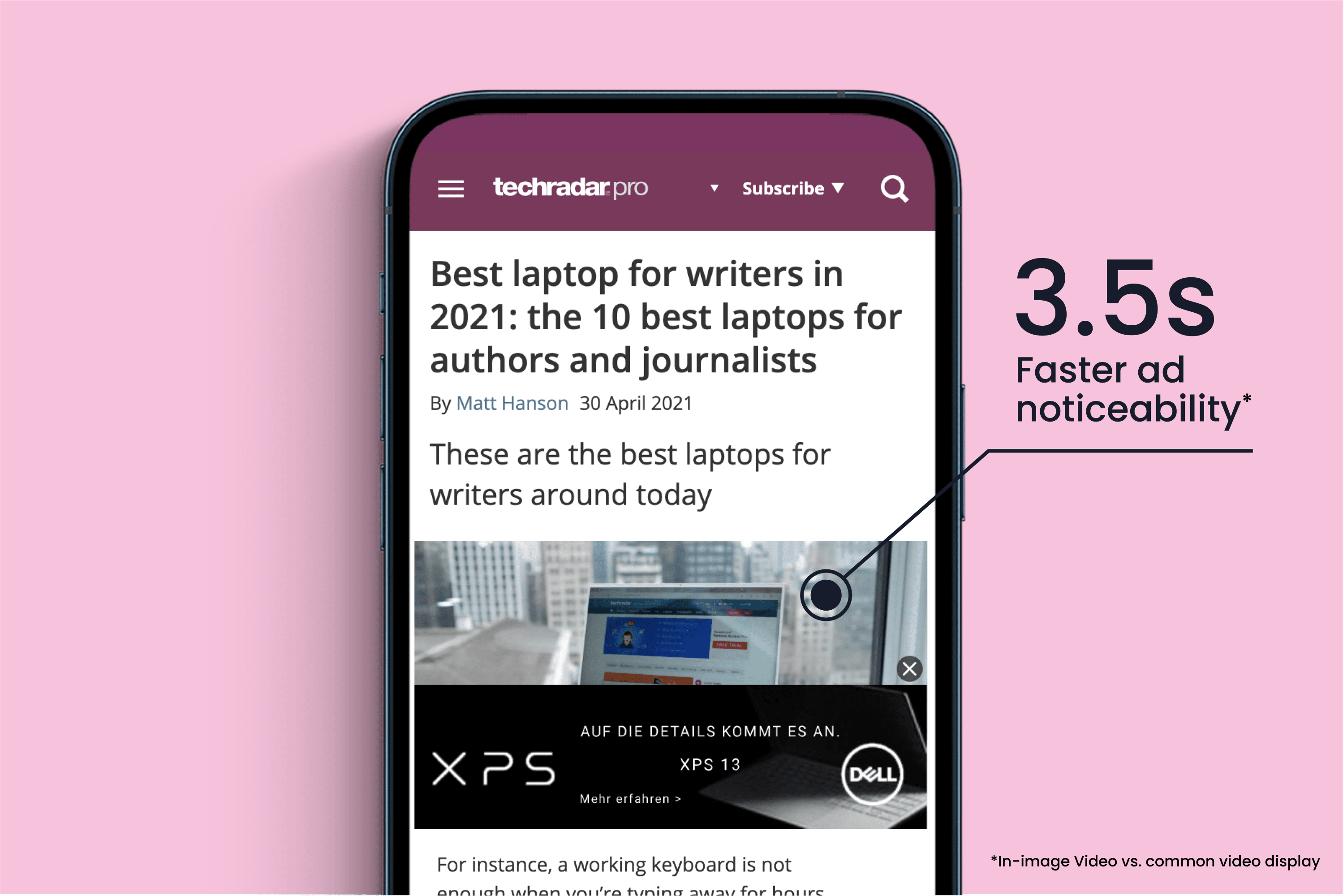Jul'21·Jordi Capdevila·2 MIN
Guide to advertisers – When visual marketing and contextual advertising work their magic


Interested to find out more about how our contextual advertising can help you boost your brand?
For Advertisers For PublishersGet the latest news about Contextual Advertising right into your inbox!
TMI – Does this acronym ring a bell? Well, for those of you who can relate to it, we give you a +1. For those who don’t, maybe this article will convince you to understand its significance. TMI, which stands for ‘Too Much Information’, conveys a fairly straightforward meaning – Information overload can be counterproductive for your communication.
In a fast-moving world with continuously shrinking attention spans (which is hovering around 8 seconds as per a Microsoft study), long paragraphs and essays are no longer the right ways of telling a story. A Visme 2021 survey saw 86% of businesses predicting that visuals will be a key part of their marketing strategy in 2020-21.
At Seedtag, we conducted a research with MetrixLab that covered around 1000 consumers and found that in-image ads are 4 to 6.7 times more effective in retaining consumer attention. Engaging formats and creative ad displays foster positive brand connections since they are more enticing, enjoyable, and interesting while conveying a lot more in a quicker fashion. Also, a whopping 90% of information transmitted to the brain is of a visual format, putting further stress on visual communication.

Marketers are offered multiple interesting options to leverage visuals through various formats – full-image display, in-image display, full image video, in-image video.
The key answer lies in drafting creative and engaging communications through content which should be a good mix of visuals and messaging, with visuals doing the heavy-lifting and being supported by fresh, crisp messaging. Visuals, encompassing multiple facets like images, videos, and animation, help elevate brand communication by breaking the monotony of text, bringing freshness, and simplifying complex concepts.
The power of visual marketing – A fresh perspective:
We are bombarded with ads, notifications, messages, and news every day. A brand needs much more than just a good budget to grab eyeballs. A great visual helps an ad stick around longer in a user’s mind. This is all the more favourable when contextual advertising is added to the mix.
The survey that we conducted with MetrixLab, also gives a thumbs-up to in-image video ads which deliver greater noticeability and 6.8X stronger view quality. Videos have the potential to help a user retain 95% of content, while text only helps retain 10% of the communication. Visuals are also more universal and appeal to a larger audience. When combined with a smart marketing strategy like contextual advertising, visuals can add some much-needed magic and propel a brand to take its message around the globe in an enticing and relevant manner.
How contextual advertising and visual marketing are a win-win combination:
Contextual advertising is already poised to win the marketing game by being relevant, on point, and smart owing to its focus on both context and content. While the ads themselves will leverage the environment of the pages on which they are placed, the ads can be further enhanced through great visuals. 69% of the respondents from the Seedtag+MetrixLab survey agreed that in-image contextual targeting leads to better ad placement and fitment, thereby adding to the natural, visually appealing flow of the ad. Image ads are also noticed 3.4 seconds faster than their regular counterparts, resulting in rapid impressions and actions.
Fernando Pascual, Global Head of Design at Seedtag, echoes the sentiment as he says: “By bringing the elements of contextual advertising and visualization together, we are helping our clients to be much more relevant for each audience because their ads are going to be seamlessly blended with the content the audience is interested in. Ads are blended into the content they are a part of”.
As contextual advertising supports all forms of communication (text, video, visuals etc.), it offers a great opportunity for marketers to focus on creating beautiful brand stories, so brands can focus on targeting relevant websites for promotions, understand the way words work with each other, embed their visual ads in the right place, and ensure their ads get placed in websites that offer safe, appropriate, relevant content. By leveraging the power of contextual advertising and visual marketing, everyone wins.
Google Core Web Vitals: How contextual advertising can help in turbo-charging ad rendering on websites
See next




